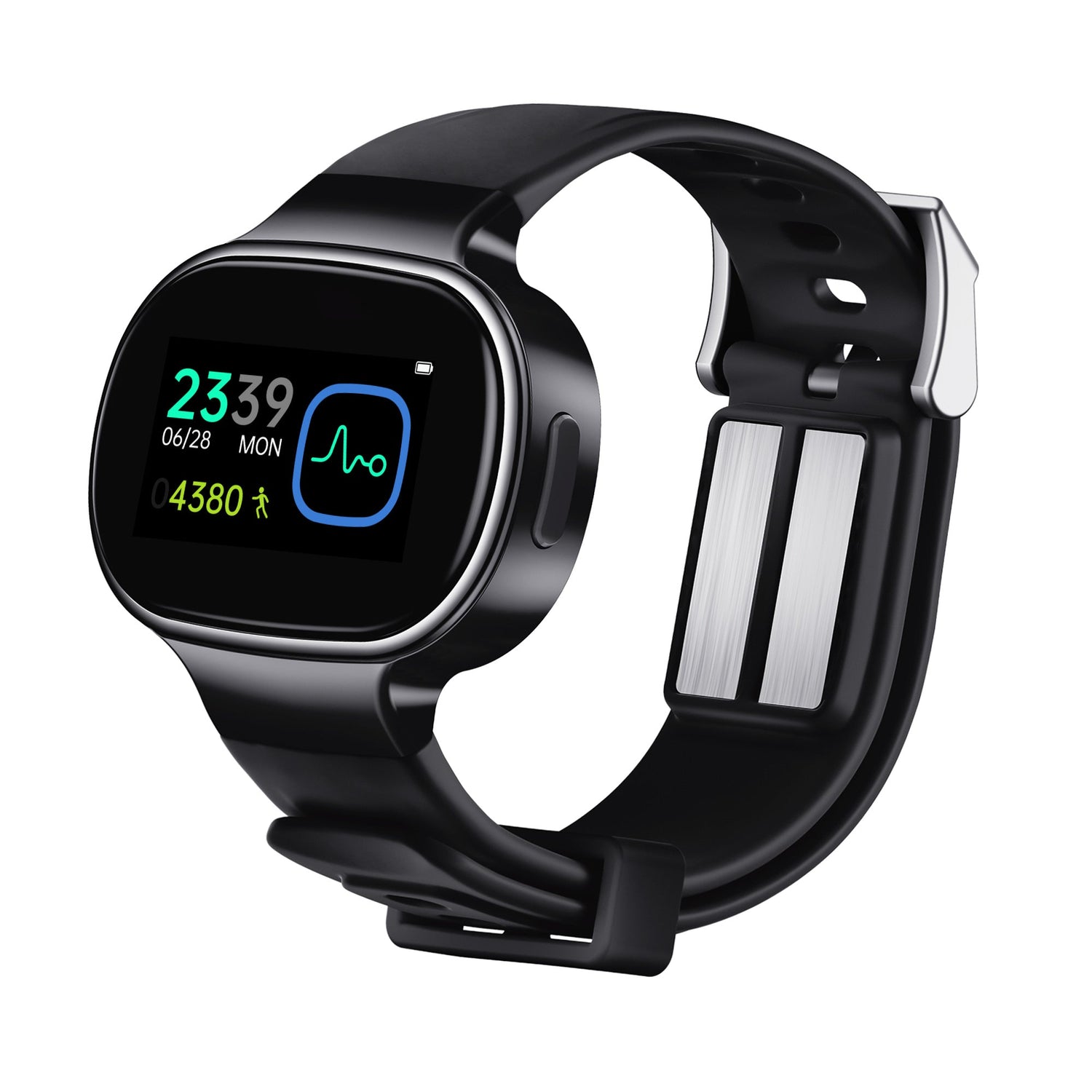For many cancer patients, chemotherapy is not just a fight against tumors—it’s also a battle against the overwhelming wave of nausea and vomiting that often follows. Known as Chemotherapy-Induced Nausea and Vomiting (CINV), this side effect, if left unaddressed, can transform an already difficult journey into something nearly unbearable.
What Is CINV and Why Does It Happen?
CINV arises from the body's natural response to chemotherapy drugs, which trigger the release of neurotransmitters such as serotonin, dopamine, and substance P. These chemicals activate the brain's vomiting center and chemoreceptor trigger zone, leading to intense nausea and vomiting. CINV can be broken into several types:
Acute (within 24 hours of chemo)
Delayed (24–120 hours after)
Anticipatory (before treatment due to previous experiences)
Breakthrough (occurs despite treatment)
Refractory (persists across cycles despite preventive efforts)
Without preventive treatment, a staggering 70% to 80% of patients receiving chemotherapy experience CINV—a statistic that speaks volumes about the necessity of proper care (Cohen, 2022). What’s more concerning is that even a single episode of poorly controlled CINV can lead to anticipatory symptoms in future cycles, creating a vicious and distressing cycle.
How CINV Impacts Patients Beyond the Stomach
CINV isn’t just unpleasant—it’s harmful. Beyond the obvious discomfort, CINV can cause dehydration, electrolyte imbalances, weight loss, nutritional deficiencies, and metabolic disorders. Over time, these effects sap a patient’s strength, delay recovery, and degrade physical resilience. The emotional toll is just as devastating: patients may begin to dread their next treatment session, and fear of nausea can become so intense that some patients consider stopping chemotherapy altogether.
In severe cases, treatment adherence drops sharply—forcing oncologists to reduce doses or even halt potentially life-saving therapy. CINV, if unmanaged, can turn a hopeful treatment path into a psychological and physical minefield.
A Multi-Layered Approach to CINV Prevention
CINV prevention must begin before the first drop of chemotherapy is administered. Oncologists now recommend tailored combinations of antiemetic drugs such as serotonin (5-HT3) receptor antagonists, neurokinin-1 (NK1) receptor antagonists, corticosteroids.(O'Hara M, 2021) Treatment regimens are guided by the emetogenic potential of chemotherapy drugs and the patient's previous experiences.
But pharmacology isn’t the whole picture. Complementary therapies, including dietary strategies, psychological support, and non-pharmacologic interventions like Transcutaneous Electrical Acupoint Stimulation (TEAS), are increasingly being used to reinforce antiemetic care—helping patients feel more in control of their recovery.

TEAS and EmeTerm: A New Ally in the Fight Against CINV
Recent studies have shown that TEAS can effectively reduce both the incidence and intensity of CINV, especially when used alongside standard antiemetic medications. In a randomized controlled trial, TEAS significantly decreased nausea severity and vomiting frequency in patients undergoing highly emetogenic chemotherapy (Zhang, 2021). Patients reported better tolerance to treatment, fewer interruptions, and a noticeable improvement in overall comfort and confidence.
However, traditional TEAS devices are often confined to clinical settings due to their complexity and the need for professional operation. EmeTerm, a wearable TEAS device, addresses these limitations by offering a portable and user-friendly solution that targets the PC6 acupoint to alleviate nausea.
EmeTerm overcomes these barriers with its lightweight, wrist-worn design that delivers precise electrical stimulation to the PC6 acupoint. This allows patients to self-administer therapy conveniently, enhancing adherence and enabling timely intervention. Clinical evidence supports its efficacy; a multicenter randomized controlled trial demonstrated that EmeTerm significantly reduced the incidence of postoperative nausea and vomiting (PONV) in patients undergoing hysteroscopic surgery (Wang, 2022). While this study focused on PONV, the underlying mechanisms are similar to those involved in CINV, suggesting potential applicability
What makes EmeTerm especially appealing is its drug-free nature, meaning patients avoid the side effects that can accompany medications. TEAS offers a gentle, practical tool that fits seamlessly into a patient’s routine—no needles, no prescriptions, just relief.
CINV is more than a side effect—it's a major barrier to successful cancer treatment. Left unchecked, it can lead to cascading consequences: from physical exhaustion and nutritional collapse to emotional trauma and treatment refusal. Fortunately, with a holistic strategy that includes modern pharmacology, psychological support, and innovative solutions like TEAS via EmeTerm, healthcare providers can give patients a fighting chance not just to survive—but to do so with dignity and quality of life.
References
- Cohen L, La Cruz A, Rivera E, et al. "Chemotherapy-Induced Nausea and Vomiting: Optimizing Antiemetic Management." CA: A Cancer Journal for Clinicians, 2022; 72(5): 364–378. doi:10.3322/caac.21718
- O'Hara M, Fessele KL. "Impact of Chemotherapy-Induced Nausea and Vomiting on Quality of Life and Treatment Adherence." Clinical Journal of Oncology Nursing, 2021; 25(6): 647–654. doi:10.1188/21.CJON.647-654
- Zhang Q, Lin R, Wu L, et al. "Transcutaneous Electrical Acupoint Stimulation (TEAS) for Chemotherapy-Induced Nausea and Vomiting in Breast Cancer Patients: A Randomized Controlled Trial." Supportive Care in Cancer, 2021; 29(3): 1505–1513. doi:10.1007/s00520-020-05601-1
- Wang, N., Ding, P., Zheng, D. Y., Pu, J., Yang, L. Y., Zhou, Y. Y., ... & Li, Y. H. (2022). Wearable transcutaneous electrical acupoint stimulation bracelet for prevention of postoperative nausea and vomiting in patients undergoing hysteroscopic surgery: a randomised controlled trial. British Journal of Anaesthesia, 129(4), e85-e87.

